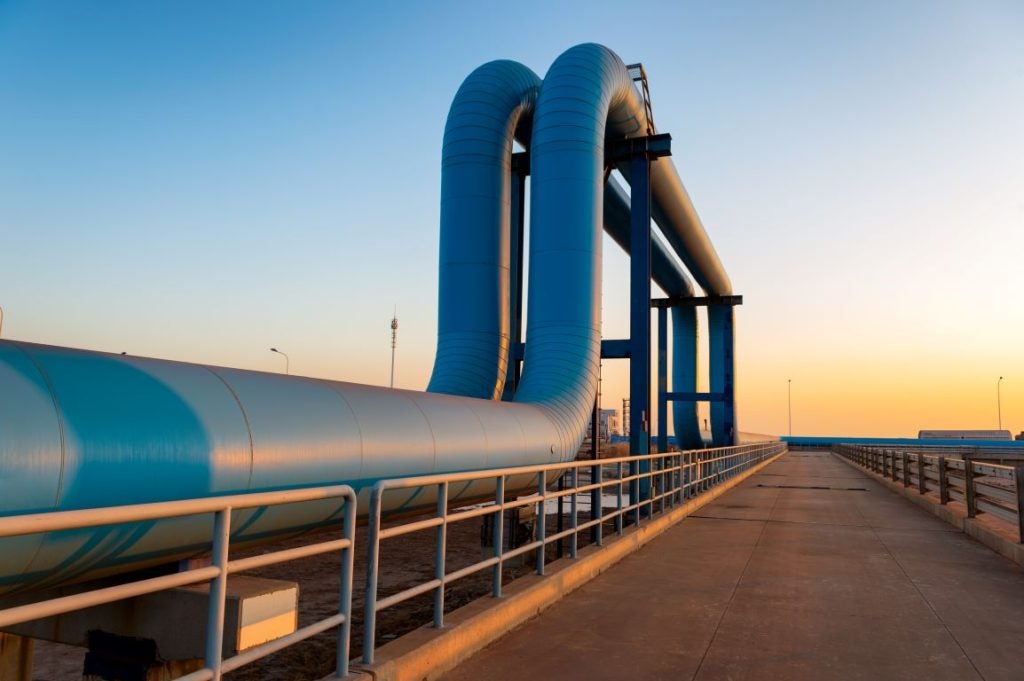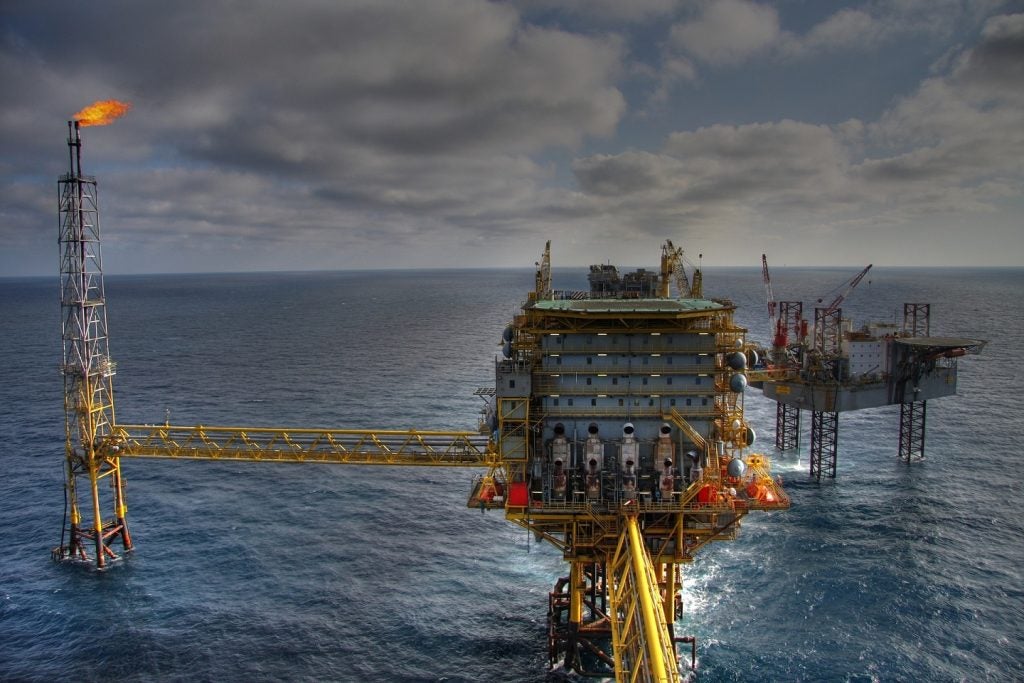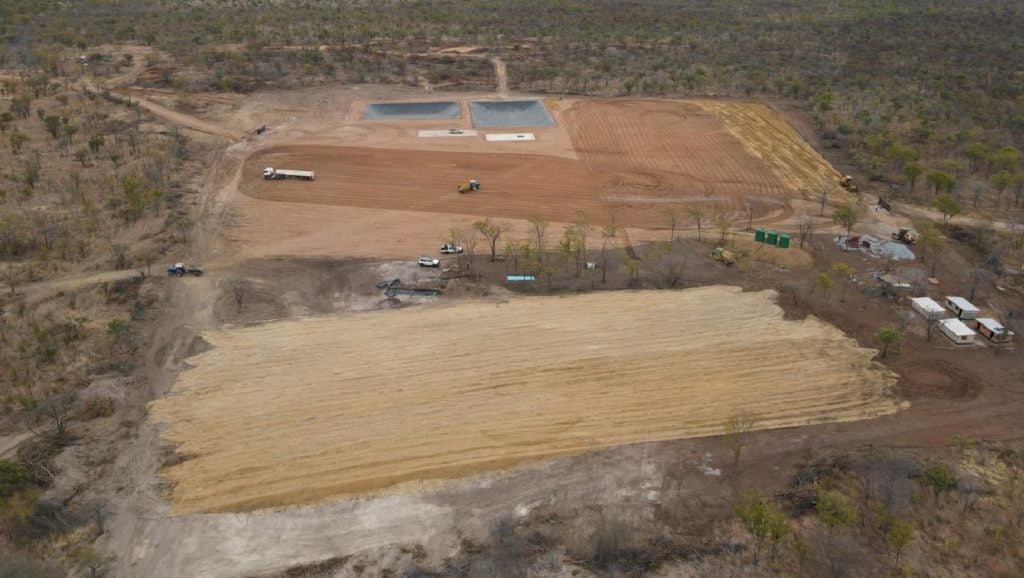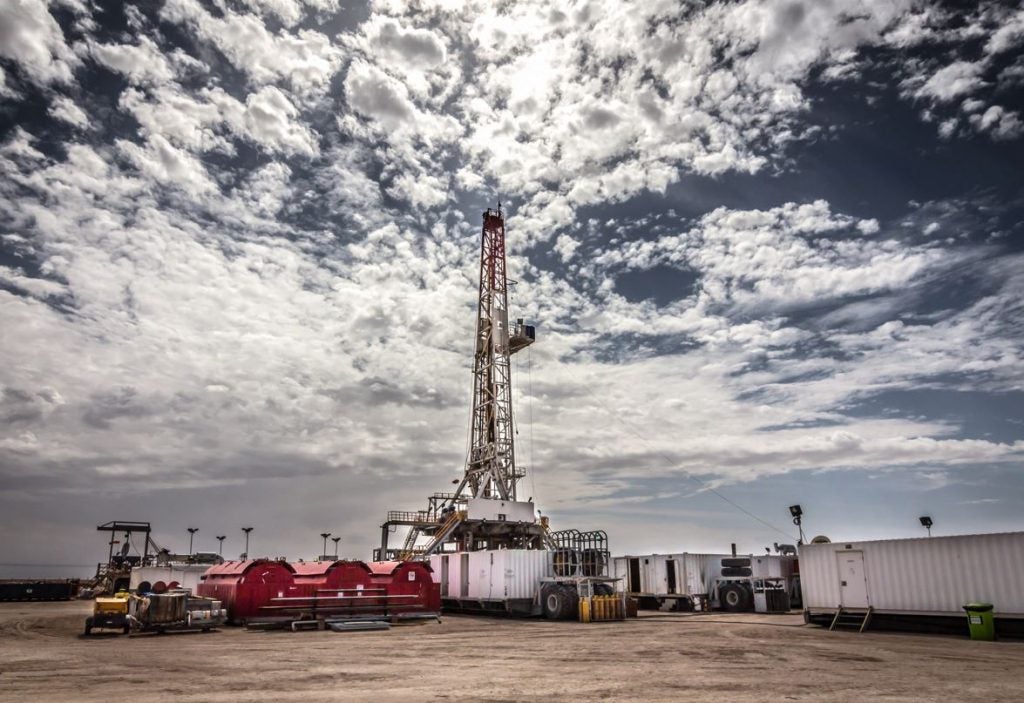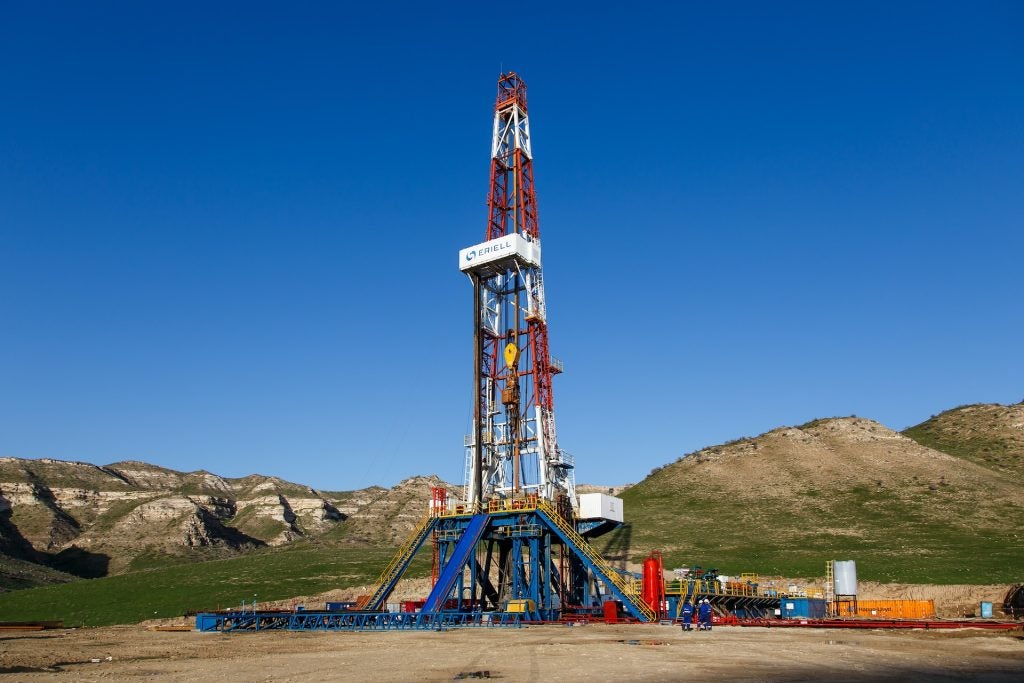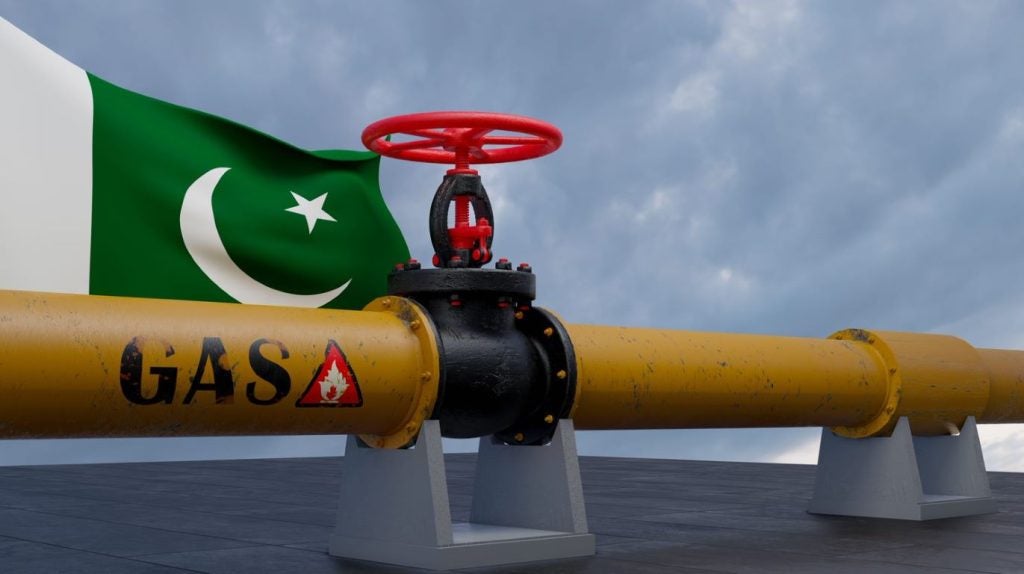The International Energy Agency (IEA) forecasts slower than previously reported oil demand growth in 2024 due to “tighter efficiency standards” of energy transition and post-pandemic recovery. Down by 150,000 barrels per day (bpd), the new forecast shows oil demand growth falling to one million barrels per day.
Global oil demand will reach 102.2 million barrels per day in 2023, an increase of 2.2 million, with China accounting for more than 70% of the growth. “Chinese demand was also stronger than expected, reaching fresh highs despite persistent concerns over the health of the economy,” the IEA said.
“World oil demand is scaling record highs, boosted by strong summer air travel, increased oil use in power generation and surging Chinese petrochemical activity,” IEA said in the report.
In July, the Organisation of the Petroleum Exporting Countries and its allies’ (Opec+) reduced production to 50.7 million barrels per day, causing a rise in non-Opec oil production.
The IEA forecast shows that non-Opec+ would likely dominate the world’s supply growth as “deepening Opec+ supply cuts have collided with improved macroeconomic sentiment and all-time high world oil demand”.
Tighter and reduced oil production and supply by Opec+ has caused rising global demand. Global oil supply fell by 910,000bpd partly as a result of a sharp reduction in Saudi output in July.
"The global economic outlook remains challenging in the face of soaring interest rates and tighter bank credit, squeezing businesses already having to cope with sluggish manufacturing and trade," the IEA said.
World oil demand hit a record of 103 million barrels per day in June and the IEA expects another peak in August.


